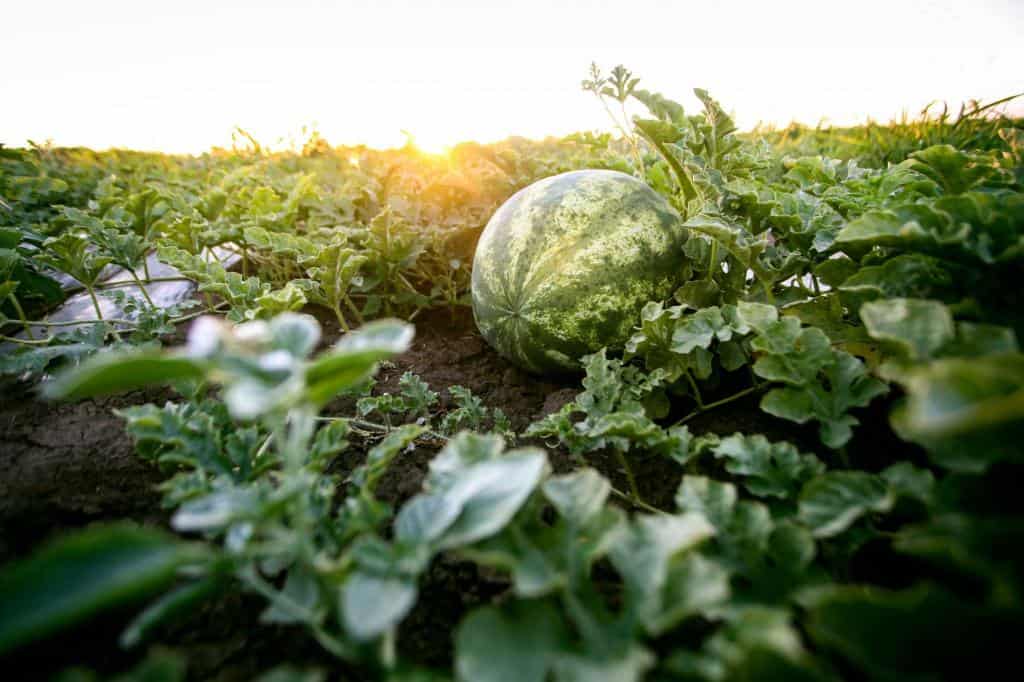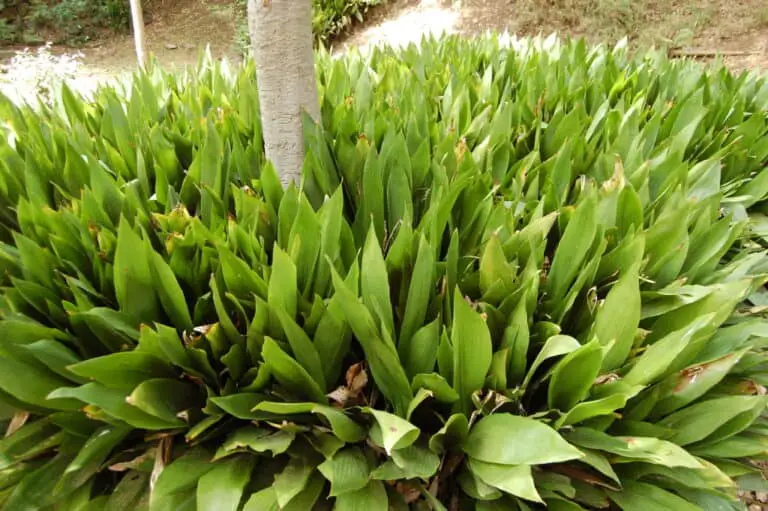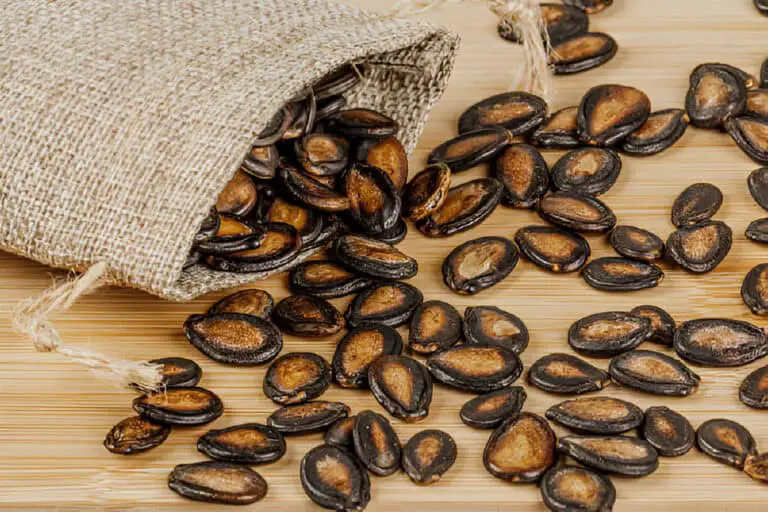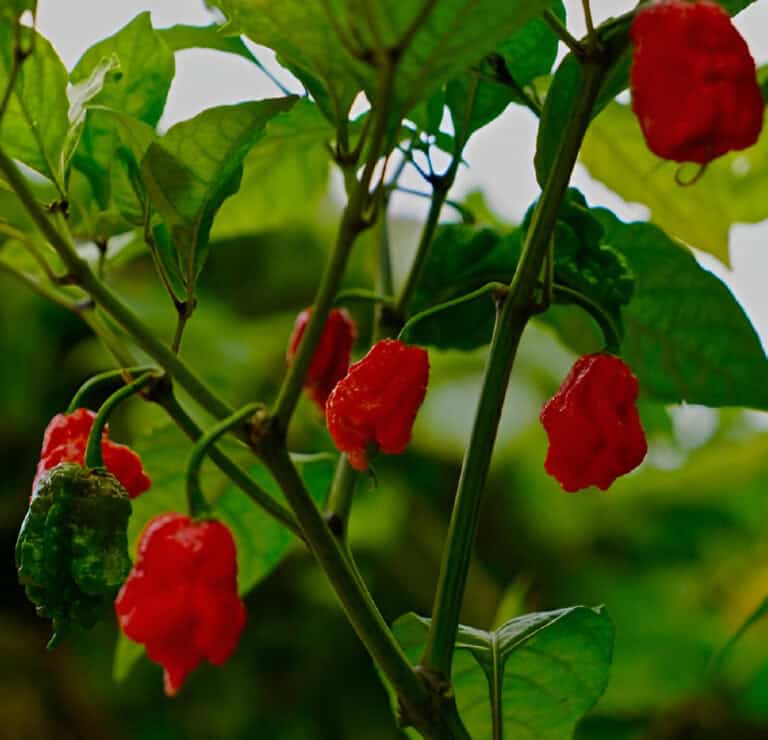Are Seedless Watermelons Self Pollinating? How It Reproduce and Growing

With their juicy, cool flesh, watermelons are a classic summer treat that many people enjoy. While traditional watermelons are rife with seeds, the advent of seedless watermelons has revolutionized the fruit industry.
But have you ever wondered how these seedless varieties reproduce without seeds? Are they self-pollinating, or do they require external intervention?
In this article, we’ll unravel the mystery of their reproduction, exploring the role of pollination, the science behind their seedlessness, and the secrets to successfully growing these juicy delights in your own garden.
So, whether you’re a curious gardener looking to try your hand at cultivating these delectable treats or just someone with a thirst for knowledge, join us as we uncover the intriguing story of seedless watermelons, from pollination to plate.
Understanding Seedless Watermelons
Seedless watermelons, often the stars of grocery store displays and farmers’ markets, are a marvel of agricultural ingenuity. These watermelons belong to the Citrullus lanatus species and are the result of complex hybridization techniques.
Unlike traditional watermelons that develop from fertilized seeds, seedless watermelons arise from seeds that are sterile due to chromosomal imbalance. Consequently, the lack of viable seeds within these fruits is a defining characteristic, making them an appealing choice for those averse to dealing with pesky seeds.
Reproduction Mechanisms
The question remains: how do these seedless watermelons reproduce without seeds? Although the absence of seeds implies a different reproductive process, seedless watermelons do require pollination, typically with the help of their close relatives, seeded watermelon plants.
The pollination process involves the transfer of pollen from male flowers to the female flowers of the plant. However, as the seeds within the resulting fruit are underdeveloped, they do not mature into viable seeds.
Pollination Dynamics
Seedless watermelon plants, similar to their seeded counterparts, rely on bees and other pollinators to transfer pollen between male and female flowers. These plants usually contain both male and female flowers, with the male flowers producing pollen while the female flowers carry the ovules.
This cross-pollination between the two types of flowers facilitates fruit development. However, the specific varieties used for cross-pollination play a crucial role in determining the quality and quantity of the seedless watermelon crop.
See also: What to Do When Your Female Watermelon Flowers Not Opening?
Hybridization Process in Creating Seedless Fruits

Now that we’ve explored the complex world of pollination and the science behind self-pollination, it’s time to understand how the hybridization process plays a pivotal role in creating seedless fruits like watermelons. Hybridization, the controlled breeding of two different species or varieties, is the driving force behind the development of seedless watermelons.
Farmers are the architects of hybridization, and they utilize this technique to propagate various crops, including watermelons. The process of creating seedless watermelons involves the intentional crossbreeding of a diploid (seeded) watermelon with a tetraploid (seeded) watermelon. This creates triploid offspring with an uneven number of chromosomes, rendering them seedless.
Farmers carefully select and cultivate these hybrids to ensure they inherit desirable traits from their parent plants. The goal is to develop watermelons that are not only seedless but also have the sweet, juicy, and refreshing taste we all associate with this summer fruit.
Are Seedless Watermelons Self Pollinating?
No, seedless watermelons are not self-pollinating. They require a regular seeded watermelon, called a diploid, with 22 sets of chromosomes, to provide pollen. Seedless watermelons are hybrids where pollination triggers fruit development, but the ovules or embryos abort without producing true seeds.
Seedless watermelons must grow next to regular seeded watermelons in order to produce fruit, and bees and other insects will cross-pollinate them. The male flowers on the seedless watermelon have a very limited amount of viable pollen, so it has to come from a seeded or diploid-type watermelon.
Therefore, growers will often include pollenizer crops, which are diploid watermelon crops, in their production to provide pollen, which is then transferred by bees to flowers of seedless melons.
Comparing and Contrasting Different Pollination Methods
To fully grasp the significance of cross-pollination in the cultivation of seedless watermelons, let’s explore how various pollination methods differ among plant species, particularly in comparison to seeded watermelons.
Seeded vs. Seedless Watermelons
Seeded Watermelons: These watermelons, with their diploid genetic makeup, can self-pollinate but typically rely on external pollinators for efficient cross-pollination. Bees and other insects play a vital role in transferring pollen from male flowers to female flowers watermelon, resulting in the development of the delicious, seed-filled fruits we all love. Seeded watermelons can produce seeds for future generations, and their seeds are viable for planting.
Seedless Watermelons: As we’ve discussed, seedless watermelons are triploid hybrids created through crossbreeding between diploid and tetraploid watermelons. Their genetic makeup makes self-pollination impractical due to the uneven chromosome count, which hinders seed development. Therefore, these watermelons depend on cross-pollination to produce fruit. Cross-pollination is crucial for their continued cultivation, ensuring the availability of seedless watermelons in the market.
The Role of Pollinators
The world of plant reproduction wouldn’t be complete without its unsung heroes, the pollinators. These tiny creatures, like bees, butterflies, and other insects, facilitate the process of cross-pollination. Their vital role in transferring pollen from male to female flowers ensures the genetic diversity of plant populations, which is essential for their adaptation and evolution.
While some plants have evolved to self-pollinate, many others have formed intricate relationships with pollinators. These relationships not only benefit the plants but also the pollinators themselves. Bees, for instance, collect nectar as they visit flowers, and in the process, they transfer pollen, inadvertently assisting in plant reproduction. In return, the plants provide bees with food, a classic example of mutualism in nature.
The role of pollinators in the lifecycle of plants is a fascinating example of how the natural world relies on interdependence and cooperation to thrive. Without pollinators, many plants, including our beloved watermelons, would struggle to reproduce.
Do I Need to Hand-Pollinate Seedless Watermelon Plants in My Garden?
The need for hand-pollination in your seedless watermelon garden largely depends on the presence of natural pollinators in your area. Seedless watermelons can self-pollinate to some extent, but they often benefit from the assistance of pollinators like bees and other insects. Here’s a breakdown of the considerations:
1. Natural Pollinators: If your garden has a healthy population of bees and other pollinators, they will likely take care of the pollination process for your seedless watermelon plants. These insects are excellent at transferring pollen from the male to the female flowers, which is essential for fruit development.
2. Hand-Pollination: On the other hand, if you don’t have many natural pollinators in your area or if you’re concerned about the efficiency of pollination, you can choose to hand-pollinate. Hand-pollination involves transferring pollen from the male flowers to the female flowers using a small brush or your fingers.
3. Monitoring and Observation: Keep an eye on your watermelon plants during the flowering period. If you notice a lack of bee activity or limited fruit development, it might be a good idea to consider hand-pollination to ensure a bountiful harvest.
Self-Pollination in Seedless Watermelons
Self-pollination in seedless watermelons is a captivating aspect of their reproductive process. Seedless watermelons are indeed capable of self-pollination, although this method is less common in comparison to cross-pollination.
Self-pollination occurs when a watermelon plant fertilizes its female flowers with pollen from its male flowers on the same plant. This intricate process involves a series of steps that ensure the genetic material is passed from the male to the female flowers.
In self-pollination, the male and female flowers on a single watermelon plant work in harmony. The male flowers produce pollen, which contains the genetic material necessary for fertilization. This pollen is transferred to the female flowers, which house the ovules, where seeds would typically form.
The plant ensures that the pollen reaches the stigma of the female flower, initiating the fertilization process. While self-pollination can occur, it’s not as efficient as cross-pollination, where insects like bees play a crucial role in transferring pollen between different plants. Nonetheless, the ability of seedless watermelons to self-pollinate remains a fascinating part of their reproductive biology.
Conclusion
In conclusion, while seedless watermelons may lack the traditional seeds associated with their counterparts, they require a specific pollination process to flourish. Understanding seedless watermelon growth requirements and unique reproductive mechanisms can empower both enthusiasts and commercial growers to cultivate these luscious fruits successfully.
With their nutritional benefits and culinary adaptability, seedless watermelons continue to captivate the taste buds of consumers worldwide, solidifying their status as a beloved summer staple.
FAQs on Seedless Watermelons Self Pollinating
Are seedless watermelons genetically modified?
Seedless watermelons are not typically genetically modified. They are the result of a natural process known as triploid breeding, where a watermelon plant is bred with three sets of chromosomes, leading to seedlessness. This process doesn’t involve genetic modification techniques.
Can I grow seedless watermelons in my garden?
Yes, you can grow seedless watermelons in your garden. They thrive in warm climates and require well-drained soil, ample sunlight, and regular watering. Be sure to follow proper planting and care instructions for a successful harvest.
How do farmers ensure pollination in seedless watermelon crops?
Farmers often introduce honeybees and other pollinators into their fields to ensure pollination in seedless watermelon crops. These pollinators transfer pollen between male and female watermelon flowers, facilitating fruit development.
What are the nutritional benefits of seedless watermelons?
Seedless watermelons are a nutritious fruit, rich in vitamins A and C, and they contain antioxidants like lycopene. They’re also low in calories and provide hydration due to their high water content.
Why are seedless watermelons more expensive than seeded ones?
Seedless watermelons require more care, precision, and resources for cultivation, including controlled pollination. This added effort and the fact that they are generally in higher demand contribute to their higher cost compared to seeded varieties.
Do I need to hand-pollinate seedless watermelon plants in my garden?
Hand-pollination may be required if you lack sufficient natural pollinators, but it’s not always necessary.






